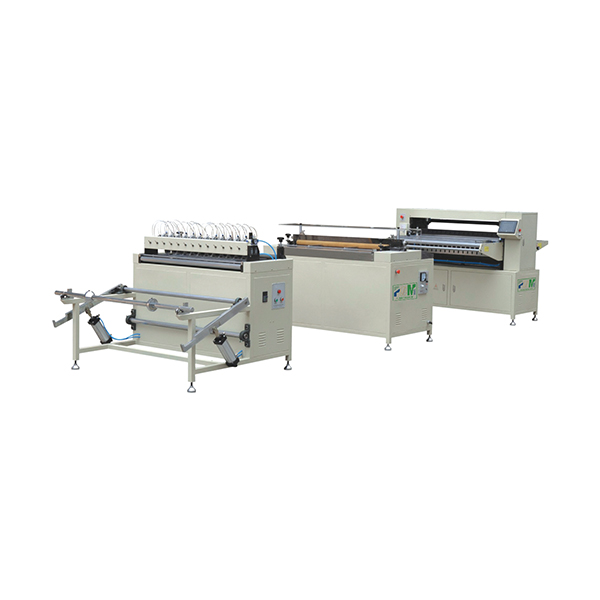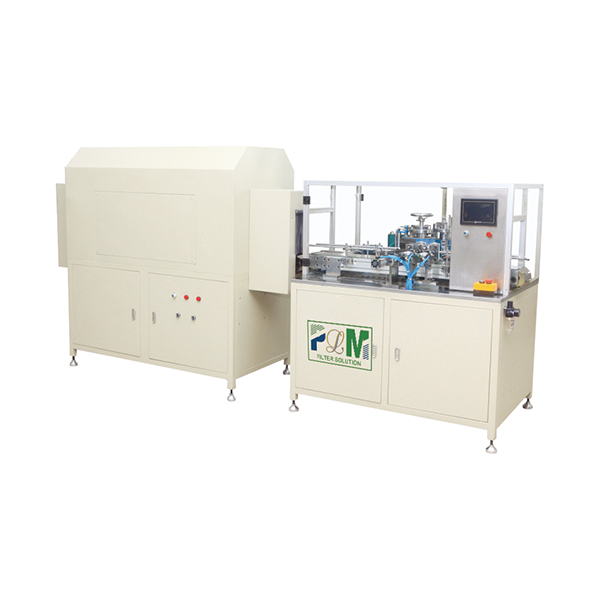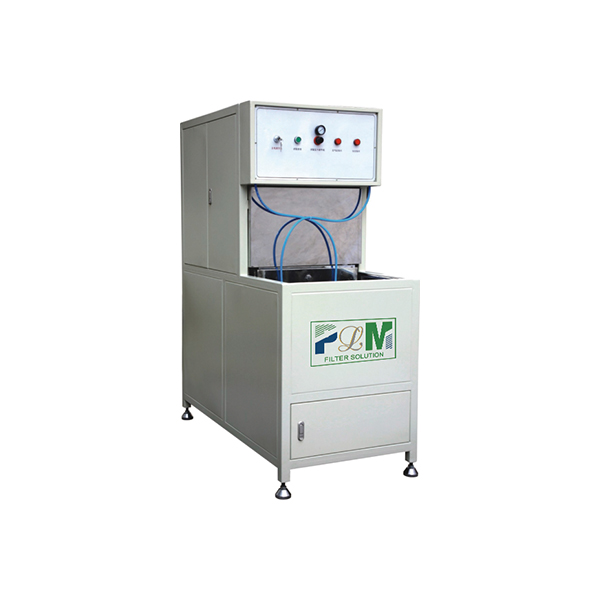Oct . 03, 2025 12:00 Back to list
In Line Fan Filter: High-Flow, Low-Drag, HEPA—Upgrade?
The Quiet Workhorse Behind Cleaner Air: In-Line Fan Filters and How They’re Made
If you’ve ever wondered why some grow rooms, workshops, or server closets feel noticeably fresher, it often comes down to the humble in line fan filter. Strange pairing at first glance—fan and filter in one duct run—but it works. And behind many dependable units is a surprisingly precise bit of machinery: the PLCZ 55-600-II Full-auto Knife Paper Pleating Production Line (origin: East of Anping County, Hengshui City, Hebei Province, China 053600). I’ve visited similar lines; the rhythm of the knives is oddly soothing, and the consistency is everything.
Why the in line fan filter is trending
Three things, mainly: tighter indoor air quality targets, stricter building codes, and the explosion of hydroponics and home workshops. Compact duct-mounted filtration that doesn’t chew up static pressure is hot. Many customers say they want “plug-and-breathe” solutions. Manufacturers reply with smarter pleats, lower pressure drops, and media tuned for ISO 16890 classifications.

Knife-pleated media supports compact in line fan filter designs with consistent airflow.
How the pleating line shapes performance
Knife pleating isn’t just about neat zigzags. Proper pleat depth, pitch, and glue beads determine dust-holding capacity and noise. In fact, a well-pleated media can drop the installed pressure by tens of Pascals compared to loose pleats—sounds tiny, but in ducts it’s the difference between a quiet fan and a whiner.
Typical process flow (real factories vary a bit)
-
- Materials: cellulose/synthetic filter paper (≈80–260 g/m²), optional meltblown layer, hot-melt adhesives, metal mesh, EVA gaskets.
- Methods: unwinding → tension control → knife pleating → thermal set → bead gluing → curing → trimming → stacking/rolling.
- Testing: pressure drop (ISO 16890), efficiency (ASHRAE 52.2 ePM ratings mapping), burst/Mullen, pleat adhesion, humidity aging, odor VOC scans for carbon-loaded variants.
- Service life: around 6–12 months in typical light-commercial ducts; heavy dust may cut that in half.
- Industries: HVAC retrofits, horticulture, light manufacturing, telecom closets, small labs, mobile air scrubbers.
Product specification snapshot: PLCZ 55-600-II
| Parameter | Typical Value (≈, real-world use may vary) |
| Pleat width range | 55–600 mm |
| Pleat height | 10–80 mm |
| Line speed | up to ≈15 m/min (media-dependent) |
| Control | PLC + servo, auto counting/stacking |
| Media | cellulose, synthetic blends, pre-carbon-laminate compatible |
Applications and advantages
- Horticulture: odor and spore control with low static pressure.
- Workshops: capture sanding dust; users report less haze by day’s end.
- IT closets: quick particulate knockdown without bulky cabinets.
Advantages? Compact footprint, lower fan energy (thanks to consistent pleats), faster maintenance. Some buyers told me they prefer pre-rolled cartridges because they “just fit” the duct, no drama.
Vendor comparison (simplified)
| Vendor | Lead Time | Customization | Standards Support | After-Sales | Price Band |
| MFilter Solution (Anping, China) | ≈4–8 weeks | High (pleat spec, glue pattern) | ISO 16890, ASHRAE 52.2 | Remote + spares | $$ |
| EU OEM A | ≈8–12 weeks | Medium | ISO 16890, EN 1822 options | On-site (EU) | $$$ |
| US Integrator B | ≈6–10 weeks | High (turnkey cells) | ASHRAE 52.2, UL guidance | Field service | $$$ |
Case study: hydroponics grow, 300 m³/h duct
Before: PM2.5 ≈ 42 µg/m³. After installing a pleated-media in line fan filter made on a knife-pleat line, measured drop to ≈ 15 µg/m³ (63% reduction) in 48 hours. Initial pressure drop: ~95 Pa at 300 m³/h; after two months, ~130 Pa. Noise fell by ~2 dB(A) because the fan ran at lower speed. Not lab-perfect, but frankly, the growers were thrilled.
Compliance, testing, and customization
Specify media to hit ISO 16890 (ePM1/ePM2.5) targets; for odor, add carbon layers. Fan assemblies should consider UL 507 for safety; some sites still request UL 900-type flame resistance on media. For HEPA-grade inline modules (rarer), check EN 1822 leakage testing. Custom pleat pitch and bead patterns often yield the best compromise between efficiency and pressure drop—yes, it’s a bit of art.
References
- ISO 16890: Air filters for general ventilation.
- ASHRAE 52.2: Method of Testing General Ventilation Air-Cleaning Devices.
- EN 1822: High efficiency air filters (EPA, HEPA, ULPA).
- UL 507: Standard for Electric Fans; UL 900 (legacy) for filter media flammability.
Comprehensive Guide to Filter Caps: Applications, Benefits & Future Trends
NewsNov.24,2025Filter Paper: Essential Guide for Industry and Global Applications
NewsNov.23,2025Essential Guide to Filter Materials: Types, Applications, and Future Trends
NewsNov.22,2025Efficient Long Pulse Dust Collector Pleated Filters for Superior Industrial Air Quality
NewsNov.22,2025Professional Air Filter Making Machine – Efficient Air Filtration Production Solutions
NewsNov.21,2025PLAB-6 A/B Glue System-Hebei Filter Man|Precision&Adjustable Speed
NewsNov.21,2025






